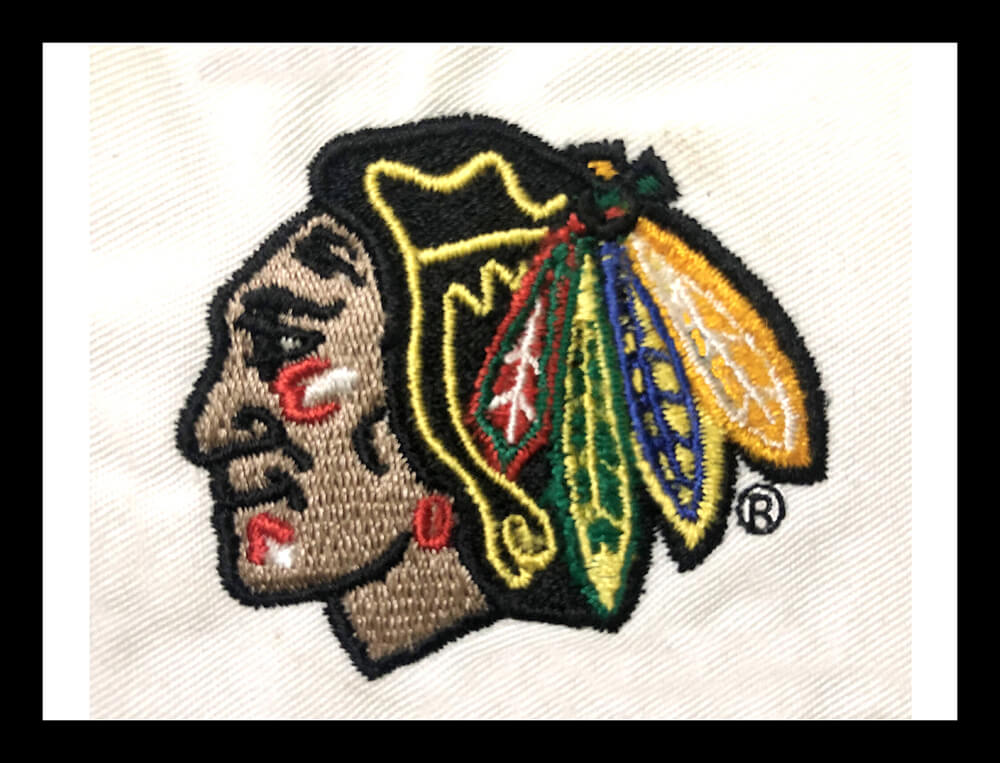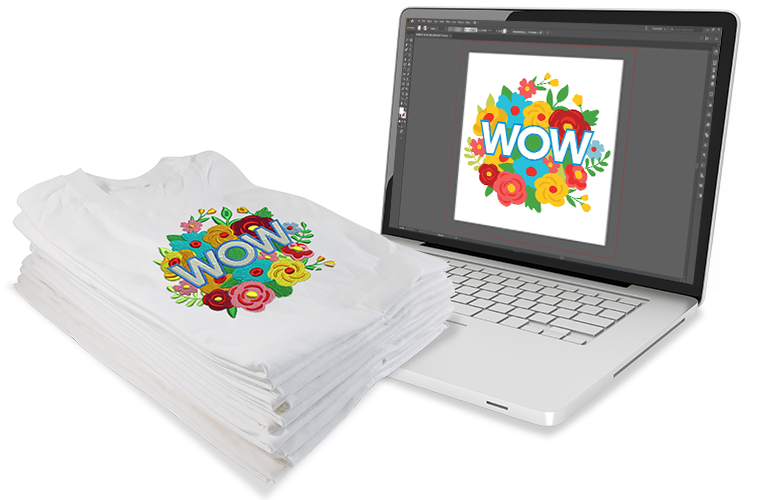Grasping the Needlework Digitizing Process: Your Ultimate Guide
Embroidery digitizing is a precise craft that calls for accuracy and knowledge to equate detailed designs into electronic layouts for device needlework. As craftsmens embark on this trip to master the embroidery digitizing process, a detailed understanding of the essentials sets the structure for quality.

Understanding Needlework Digitizing Basics
Needlework digitizing basics form the structure whereupon intricate layouts are equated into machine-readable formats for exact sewing. This preliminary action in the embroidery digitizing procedure is important for ensuring that the final embroidered product is a faithful representation of the initial style. Understanding embroidery digitizing basics entails comprehending crucial ideas such as stitch types, stitch direction, thickness, padding, and draw payment.
Stitch types play a vital duty in establishing the aesthetic and textural result of the embroidered design. By selecting the appropriate stitch type, whether it be satin, fill, or running stitch, digitizers can attain the preferred impact and improve the overall top quality of the needlework. Furthermore, stitch direction affects the circulation and measurement of the design, while thickness establishes the spacing and insurance coverage of the stitches.
Moreover, rug stitching gives stability to the design by safeguarding the textile and avoiding distortion during the needlework process. Draw payment is one more important consideration to neutralize the natural propensity of textile to contract when sewn. Mastering these needlework digitizing fundamentals is fundamental for developing professional-quality stitched products.
Selecting the Right Digitizing Software Program
Selecting the proper digitizing software is an essential decision that dramatically affects the performance and quality of the needlework digitizing process. Digitizing for Embroidery. When selecting the right digitizing software application, it is vital to consider variables such as the complexity of designs you intend to produce, the user-friendliness of the software program, the degree of client assistance used, and the compatibility with your needlework machine
There are numerous digitizing software program choices available out there, ranging from fundamental programs for newbies to sophisticated software program for specialist digitizers. Some popular choices include Wilcom EmbroideryStudio, Hatch Needlework Software, and PulseID. These software provide a variety of tools and features to assist you develop detailed styles effortlessly.
Prior to deciding, it is a good idea to discover the various software program choices via complimentary trials or demos to figure out which one best matches your requirements. Furthermore, reviewing evaluations and seeking recommendations from experienced digitizers can provide valuable insights into the toughness and weaknesses of each software program bundle (Digitizing for Embroidery). By thoroughly assessing your needs and contrasting the features of various digitizing software program, you can make an educated choice that boosts your embroidery digitizing workflow
Digitizing Devices and Methods

Optimizing Design Settings for Needlework
Understanding the ins and outs of design setups is fundamental in attaining optimal outcomes in the embroidery digitizing procedure, building upon the foundation laid by recognizing digitizing tools and strategies. When enhancing layout settings for needlework, it is vital to take into consideration elements such as stitch kind, density, padding, pull payment, published here and enrollment. Registration setups align different components of the style properly, maintaining general layout integrity.

Troubleshooting Common Digitizing Issues
When encountering typical digitizing issues throughout the embroidery procedure, it is necessary to understand the origin and carry out efficient remedies immediately. One usual issue is stitch thickness problems, where stitches might be as well dense, causing the fabric to tighten, or too sporadic, leading this link to voids in the style. Adjusting the stitch thickness settings in the digitizing software program can help settle this problem.
An additional frequent obstacle is thread breaks during the needlework process. This can occur due to different factors such as wrong tension settings, boring needles, or making use of low-quality thread. Making sure proper maintenance of the embroidery maker, consisting of regular needle modifications and tension modifications, can lessen the event of thread breaks.
Additionally, design registration errors can lead to misaligned aspects within the needlework layout. Checking look at here the design positioning in the digitizing software program and making required adjustments before stitching can aid in preventing this issue. By dealing with these typical digitizing concerns without delay and efficiently, you can make certain a smoother needlework procedure and premium completed items.
Conclusion
To conclude, grasping the needlework digitizing procedure calls for a strong understanding of the essentials, the right choice of software, and knowledge of tools and methods. Maximizing layout setups and troubleshooting usual digitizing concerns are essential action in making sure high-quality embroidery outcomes. By adhering to these actions diligently, one can attain accuracy and performance in the digitizing procedure.
Comments on “Reliable Digitizing for Embroidery: Trusted by Specialists”